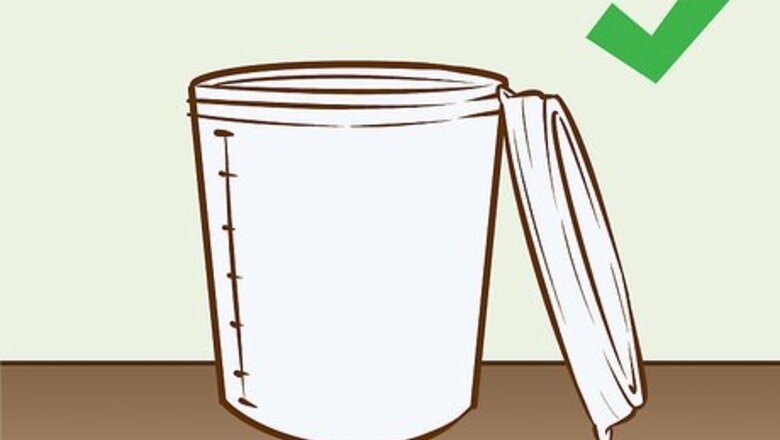
views
Building a Vessel
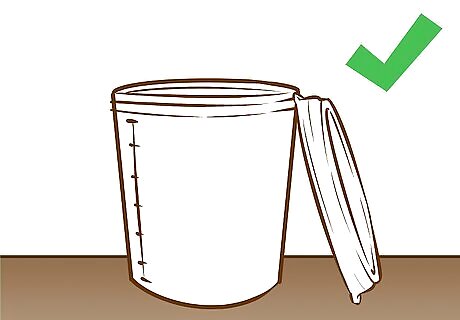
Use materials safe for consumption. You should only use food grade plastic buckets or glass carboys as your fermentation vessel. Make sure that the lid is food grade as well. A 7.5 gallon (28 L) vessel will allow for 5.5 to 6 gallon (21 to 23 L) batches. Keep in mind that you may occasionally need to stir the batch, so containers such as buckets are often ideal.
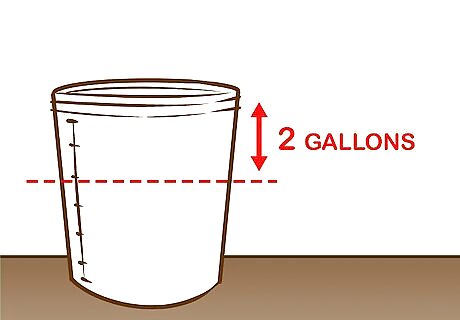
Leave extra room. You need about 1.5 to 2 gallons (5.7 to 7.6 L) worth of space in a 7.5 gallon (28 L) vessel. This allows room for the foam and gases that form during fermentation. If you don’t leave enough room, the pressure can build and pop the lid on the vessel, leading to contamination.
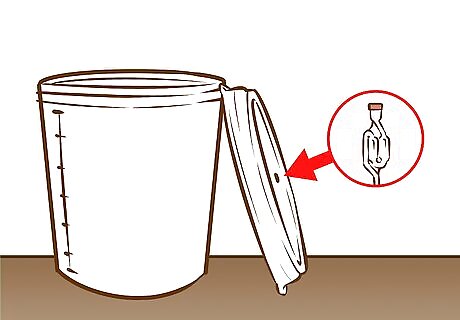
Prepare the lid. You need to make a hole in the lid that is the right size for a rubber grommet and airlock. Push the grommet into the hole. Then fit the airlock into the top of the grommet. Install a rubber gasket around the lip of the lid to form an airtight seal between the lid and the container.

Clean and/or sanitize the equipment. The fermentation vessel (and rubber stopper for glass vessels or lid for a plastic bucket), airlock, and a large spoon should be cleaned and sanitized. Fill the fermentation vessel to the brim with a sanitizer, such as iodophor, that is made for brewing and winemaking. All these items are available at homebrewing and wine-making shops.
Fermenting the Sugar
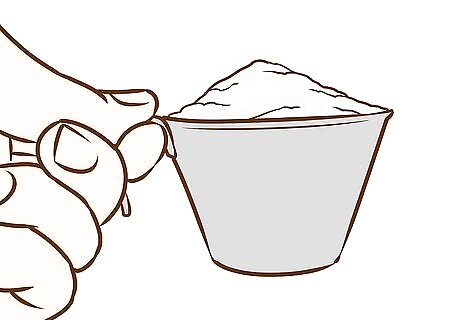
Determine how much sugar (sucrose) to use. More sugar will result in more alcohol as long as the yeast can process it all. If you want a weaker batch (less alcohol) you can use less sugar. As a general guide, each packet of yeast will have directions that indicate how much sugar can be used. If making two batches, be sure to use twice as much yeast (two packets).
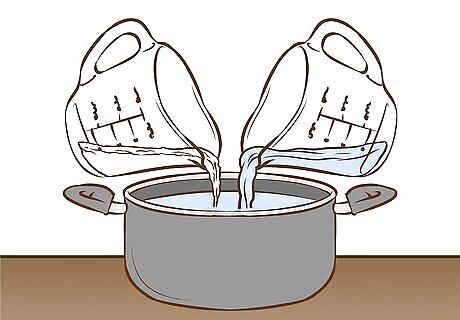
Dissolve the sugar. Mix the sugar into a pot of warm water to dissolve it. You can use tap water or bottled water. The water should be about 90 °F (32 °C). Use roughly 7 to 9 kilograms (15 to 20 lb) of sugar. For a cleaner alcohol, use purified water.
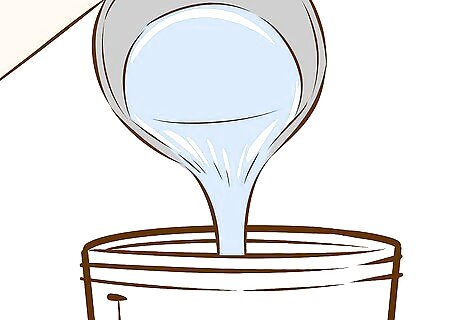
Pour the sugar solution into the vessel. When all of the sugar has been dissolved, carefully pour the sugar and water solution into the plastic bucket or glass carboy that you are using as a fermentation vessel. For a 7.5 gallon (28 L) vessel, pour 1.5 to 2 gallons (5.7 to 7.6 L) of solution. This sugar will be broken down by the yeast to produce alcohol. It is not necessary to sterilize the sucrose solution before fermenting, but if desired this can be done by boiling the sucrose solution for fifteen to twenty minutes. Take into account that some of the water will evaporate, so add a little more water before boiling.
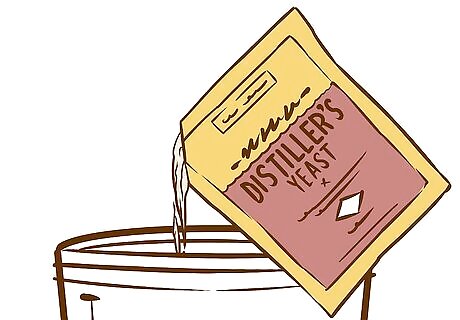
Add the yeast. Open the yeast packet and dump the yeast into the sugar water solution. If using a plastic bucket, stir to get an even mixture. Use a sanitized, dry funnel to help prevent a mess when adding the yeast to the narrow opening of a carboy. Use one packet of yeast. More yeast can speed up the process, but it will not lead to a better yield of alcohol. Do not put the yeast into the sugar water until it has cooled. If the water is too hot it will kill the yeast.
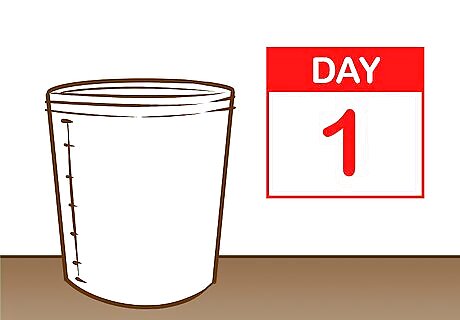
Wait one day. In the first days of fermentation, the yeast will expend most of its energy multiplying itself. Since this process requires oxygen, leave the lid off for the first 24 hours. If you cut off oxygen to the yeast immediately, the fermentation process will take much longer and may proceed sluggishly.

Affix the lid to the bucket. If using a plastic bucket, tightly push the lid onto the bucket so that an airtight seal is formed. This may be somewhat difficult and may require some leverage. An airtight seal is necessary for proper fermentation. Fermentation is an anaerobic (lacking oxygen) process.
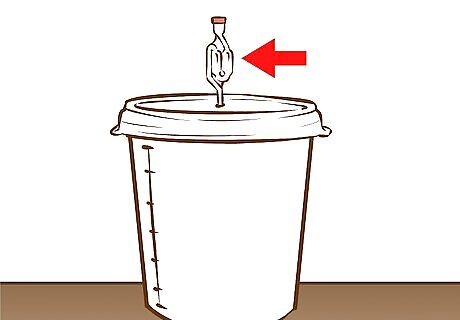
Add water to the airlock. If you haven’t already, push the airlock into the lid if using a plastic bucket. If using a carboy, now is the time to push the airlock through a drilled rubber stopper and fit the stopper snugly in the mouth of the carboy. Add clean water or vodka to the inside of the airlock so that carbon dioxide can be released from the fermenting solution while air is kept out. The drop in available oxygen will cause the yeast to stop multiplying and start producing ethanol and carbon dioxide.
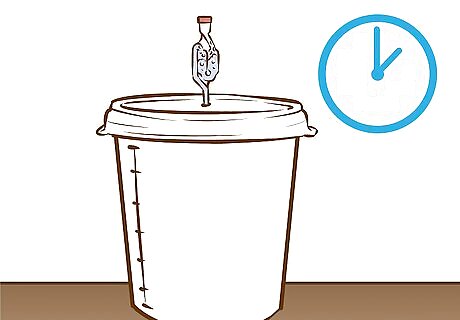
Let the mixture ferment. Keep the ambient temperature 70 to 80 °F (21 to 27 °C). This temperature will promote optimum performance from the yeast. It should take about two to ten days for the yeast to produce alcohol. The time required will vary depending on the type of yeast used, and on how much sugar was added. It will take longer to completely ferment more sucrose.
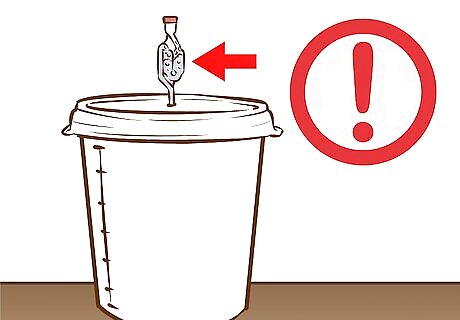
Stop the process. The airlock will bubble a lot during active fermentation. The bubbling will slow as fermentation slows, and stop completely when all or most of the sucrose has been fermented. If you are unsure, leave the batch for another day or two. Once the fermentation is over, it is time to purify the alcohol.
Purifying the Alcohol
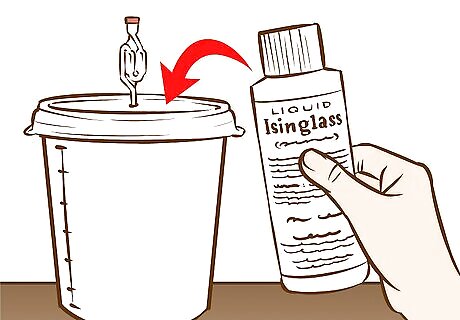
Clarify the fermented alcoholic liquid. After fermentation is complete, use a fining agent such as isinglass to remove suspended yeast and other material that may be present. Try to find isinglass that doesn't contain sulphites, as some people are allergic to sulphites. After adding the finings, reseal the fermenter with the lid or stopper and the airlock and allow the liquid to clarify for two or three days. Use 0.5 to 1.0 gram of isinglass per 5 gallons (19 L) of batch.
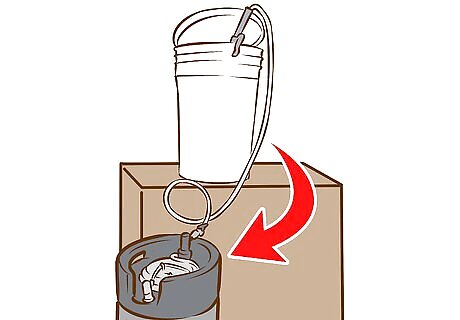
Siphon or pour off the alcoholic liquid. Siphon or carefully pour off the liquid into a glass carboy or other airtight container such as a cornelius keg. Leave the unwanted sediment behind in the fermentation vessel. You can also pour the liquid through a pad or membrane filter, such as a wine filter, to further clarify the liquid and remove residual yeast. Bottle the alcohol to preserve it. Don't store the alcoholic liquid in a carboy for more than a month as it can become oxidized over time. Filter through a carbon filter if desired. Use a food-grade carbon filter to remove unwanted volatiles to further purify the alcohol. If flavors were added before this point, don't use the carbon filter because it will most likely strip out the flavors.

Drink responsibly. Add your alcohol directly to jungle juice or add liqueur flavorings. You can also age the alcohol in sealed bottles to improve the flavor, especially if making liqueurs. New bottles can be found at home brewing shops. Reuse liquor bottles, wine bottles, and beer bottles, or use mason jars.











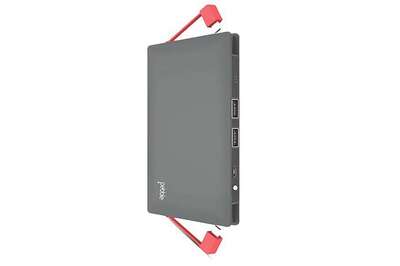




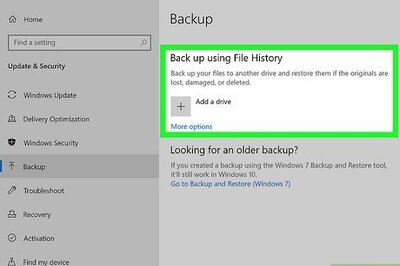

Comments
0 comment